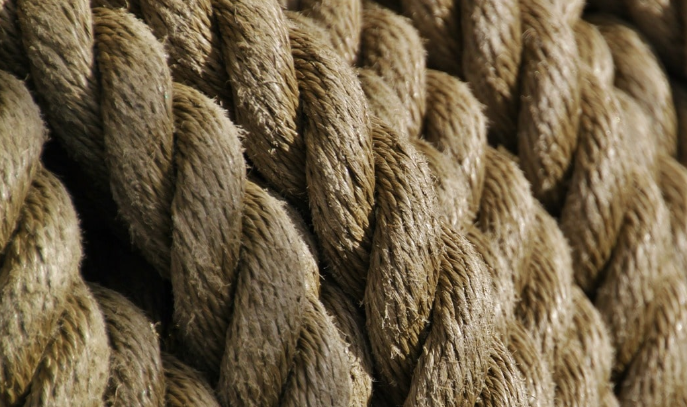Uncategorised
Ropes
Linen rope
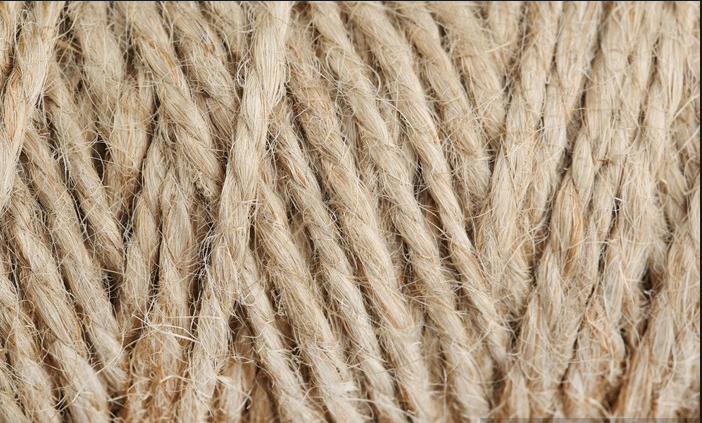
Linen rope
Linen rope is made of long and combed flax fibers.
It has resistance to solar and thermal radiation, low exposure to static electricity. Ecologically safe, has a high coefficient of friction. The disadvantages include – reduced breaking load when wet, hygroscopicity, propensity to rot.
Has a pronounced texture.
Using:
• Sealing of cracks between logs of a wooden log-house
• Decoration of premises, decoration of various interior items
• Garters of plants, etc.
• Packing of goods
Sisal rope
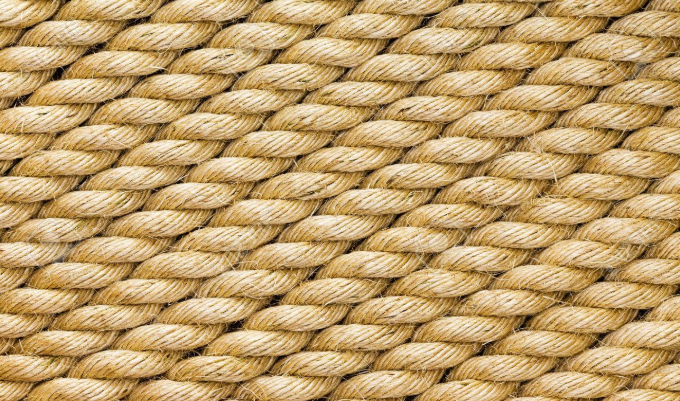
The raw material for weaving is natural sisal fiber. Sisal fiber is a hard and coarse fiber of the leaves of the Agave plant, which grows mainly in Mexico and Cuba.
Sisal rope has a yellowish-shiny, natural color. A characteristic feature of sisal ropes is strength and durability. It is resistant to solar and thermal radiation, does not accumulate static electricity, is environmentally safe. Another advantage that the sisal rope has is good resistance to wetting and rotting.
Using:
• Finishing log houses of wooden houses
• In the fleet: as mooring and auxiliary ropes
• In industry as a core in the manufacture of steel ropes
• The design of rooms and stairs as fencing elements
• When handling goods, where it is necessary to softly move the load
• As a wrapping material in the manufacture of points for grinding animal claws
Manila rope
Manila rope (manila) is a twisted article of processed fibers of abacus leaves. Abaca is a perennial textile banana growing in the tropics on the Philippine islands. Has a beautiful tawny color. Less than all natural ropes are prone to rot in seawater. Low specific gravity, the ability to quickly return the moisture received, a great bursting force-all these advantages put Manila hemp at one of the first places among the raw materials used in the production of ropes.
Using:
- Decorative design of wooden houses
- In the Navy for the manufacture of storm traps, auxiliary ropes of cargo devices, flinging end, running rigging(rigging of a ship)
- The design of rooms and stairs as fencing elements
- When handling cargoes, where it is necessary to softly move the load.
Jute rope
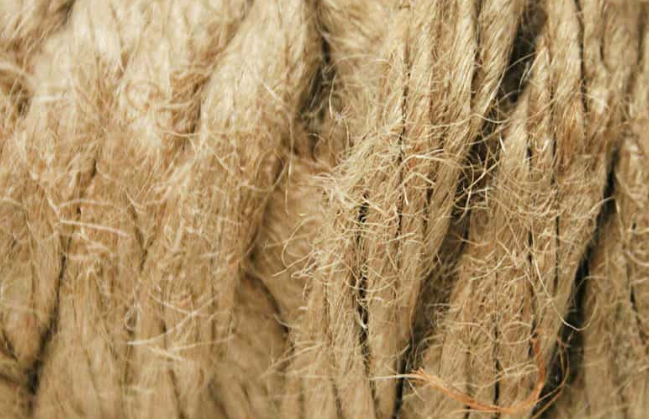
The raw materials for the production of jute ropes are long jute fibers. Jute is an annual herbaceous plant that reaches a height of more than three meters and grows in the subtropical regions of Asia, India and Bangladesh
A special feature of jute ropes is a high hygroscopicity, they quickly absorb moisture and at the same time quickly give it away, dry up. But the main advantage is that the rope jute in comparison with other natural ropes is closest in its mechanical characteristics and water permeability to wood. This quality of jute is widely used not only in the production of jute ropes and jute ropes, but also in the production of inter-woven jute insulators for wooden houses.
The jute rope has a yellowish-golden color.
Using:
- Finishing of the intertwined joints and the intertwined seams of the wooden house
- Manufacturer of carpet and wall coverings, furniture, macrame
- Decoration of premises, use as handrails, etc.
- Packaging of goods in trade, in the mail, in production
Coconut rope
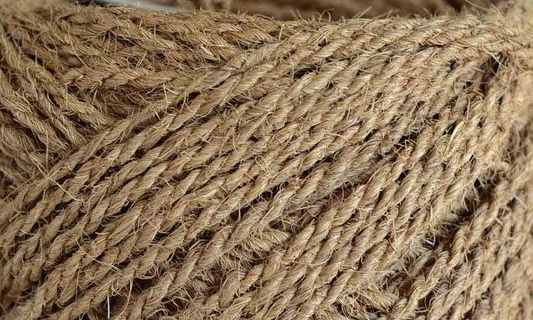
Coconut ropes are made manually from coconut fiber (coir). Coir – fiber from the interfruit of coconut nuts. Nuts are collected and soaked in water (up to 10 months), then the fibers are manually separated, combed and dried. Long and medium-sized fibers (20-30 cm) are used for the production of coir thread, from which, by torsion, coconut ropes are made. These ropes do not get wet and do not sink in water, they do not absorb moisture and smells, they do not give way to putrefaction.
Using:
- In construction
- Navigation
- Everyday life
- For technical need
- Due to their natural beauty, these ropes are used in the furniture industry, interior design and landscape design.
They are perfectly combined with other natural materials, such as wood, metal forging, artificial and natural stones, rough textiles.

